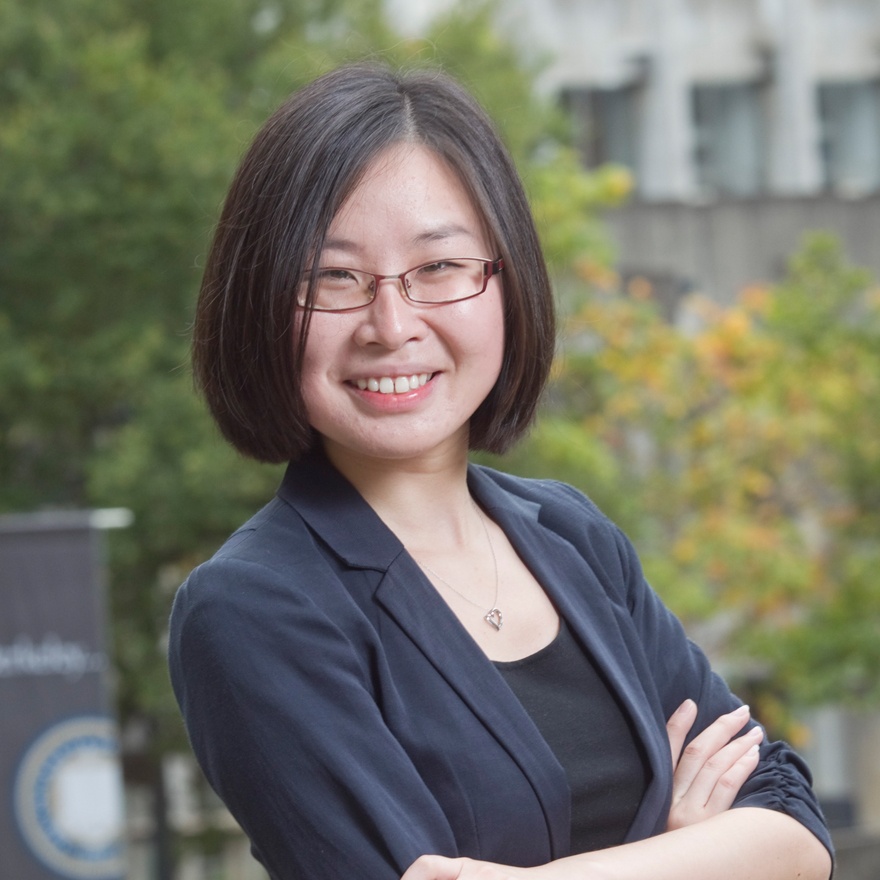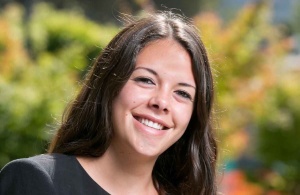Earlier this month, we hosted a networking luncheon for the women in the program on International Women's Day. It was a momentous occasion to bring together the current and past women as they shared their experiences. While women's history month may come to an end, the celebration and efforts continue on, particularly in the quantitative finance space. As we are seeing relatively equal growth in the number of men and women in the finance industry — 53% of the entry-level banking workforce is made up of women (Ellingrud, et al.). Yet, the number of women in quantitative finance is much lower, ranging under 20% (Quantitative Analyst Demographics and Statistics).
Many women in finance have similar experiences and face many of the same obstacles. Daniela Toyber and Coco Tsai, Berkeley Master of Financial Engineering (MFE) Class of 2022 graduates reflected on their experiences in the industry and the program. Toyber stated, “In my first job, I was the only woman in the team, and one of the few women in my area. When I attended conferences there was a vast majority of men.”
Moreover, as career level rises, the fewer women there are. The proportion of women in leadership positions in financial sectors is currently 24% and will only grow by 6%, to 30% by 2030 (Rogish, D’Souza, and Shemluck). Tsai said, “Some of my friends don’t see an obvious road path for female quants to become successful both in career and work, so they don’t even try this path.”
Women in the financial space not only have to navigate a space primarily dominated by men but face unfair judgments and oftentimes lack role models. Tsai said, “Once, I heard one saying that brain and beauty don't come together. We rarely hear the same saying for a man. Sometimes, women have to show more competence to prove their ability. The unfair judgment on appearance and capability is actually one of the mental challenges women will face.”
Tsai continues that “more effort is needed to encourage girls to join the quant space...I think the best way to get more women into quant is to lead by example. Thanks to the resources and culture of Berkeley MFE, I had no learning difficulties during the program, and having excellent mentors has benefited my career in a huge way.”
As for the entering spring 2022 students, both Tsai and Toyber offered pieces of advice, especially for the women looking to pave a path for themselves in quant finance. “The most important thing for me is that we formed a very supportive study group for women,” Tsai said. “We know the facts in the industry and we share our experience frequently and see how we can have more senior female leaders in the industry. Some of my classmates are already very inspiring for me.”
“Sometimes, it will not be easy, and you might face some challenges alongside your professional career and feel the pressure of being the only woman on your team,” Toyber said. “But don't give up, keep your head up and show the world what you are capable of.”
With such a great gender disparity, being a woman in the financial space can be difficult, but hopefully, the MFE can make the transition easier. This year the Class of 2022 graduated with 28% women. Meanwhile, the program had a record-high percentage of women enrollment for the spring 2022 entry, 31.8%. Through our initiatives with the women students, we hope the number of women will gradually increase and train students to become leaders within the quantitative finance field.








